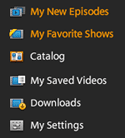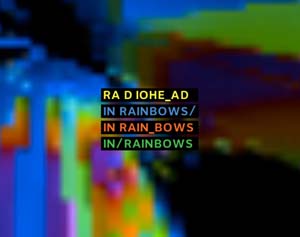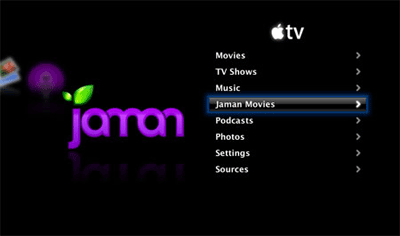 Earlier this week Adobe made available for download a Beta version of its new desktop video player based on the company’s Adobe Integrated Runtime (AIR), a cross-platform technology designed to bring web-based applications to the desktop.
Earlier this week Adobe made available for download a Beta version of its new desktop video player based on the company’s Adobe Integrated Runtime (AIR), a cross-platform technology designed to bring web-based applications to the desktop.
 The Adobe Media Player combines a channel guide, streaming video player and video podcast client into a single desktop application, which, since it’s built on top of the AIR platform, runs on both a Mac or PC.
The Adobe Media Player combines a channel guide, streaming video player and video podcast client into a single desktop application, which, since it’s built on top of the AIR platform, runs on both a Mac or PC.
For publishers, of which CBS, PBS, Yahoo! Video, Blip.tv and others have already signed on, Adobe is offering “sophisticated” measurement tools, monetization through targeted advertising, as well as customized branding and copy protection.
After taking the application for a spin, here are my initial thoughts… Continue reading »

 Thom Yorke, one of the artists behind the band Radiohead, hinted in 2003 that this day would come. Well, it’s here. Radiohead is releasing its seventh studio album,
Thom Yorke, one of the artists behind the band Radiohead, hinted in 2003 that this day would come. Well, it’s here. Radiohead is releasing its seventh studio album,  Earlier today
Earlier today  Two seemingly unrelated announcements last week have got me thinking about whether the future of “full screen” Internet TV applications, such as
Two seemingly unrelated announcements last week have got me thinking about whether the future of “full screen” Internet TV applications, such as  Now that the
Now that the  Back in July, Jaman, which sells high definition movie downloads,
Back in July, Jaman, which sells high definition movie downloads, 
 Sometimes it’s just easier to sit in your favorite chair or stretch out on the sofa and watch a TV show or movie “on demand.” No muss, no fuss.
Sometimes it’s just easier to sit in your favorite chair or stretch out on the sofa and watch a TV show or movie “on demand.” No muss, no fuss. At the opening day of the
At the opening day of the